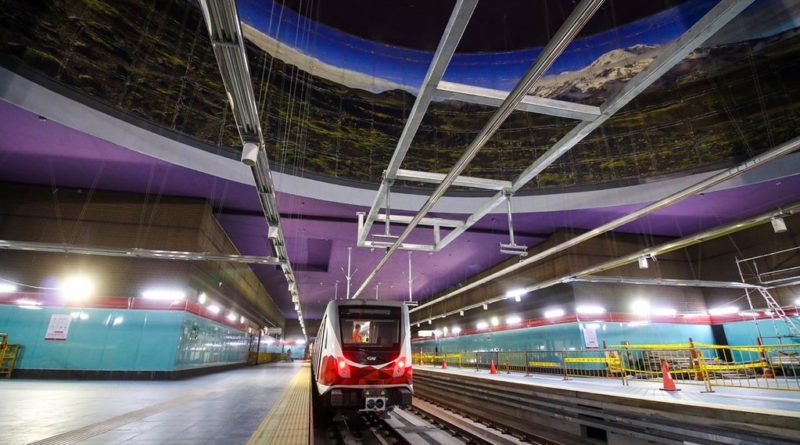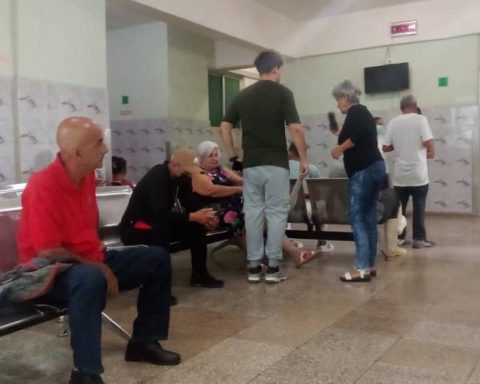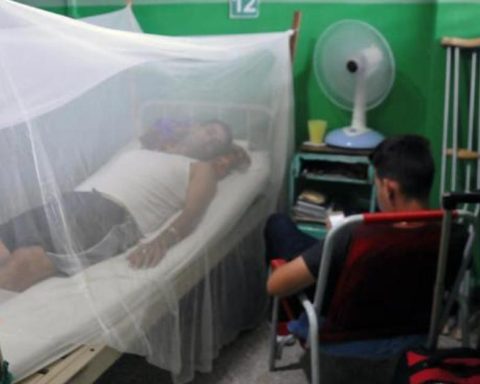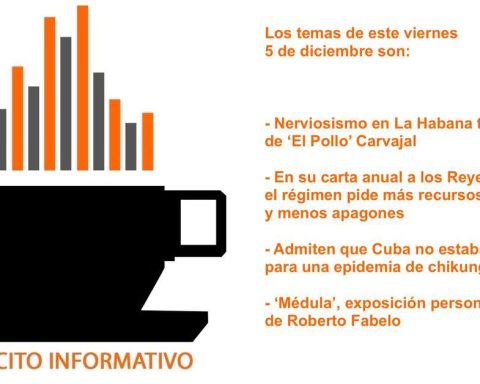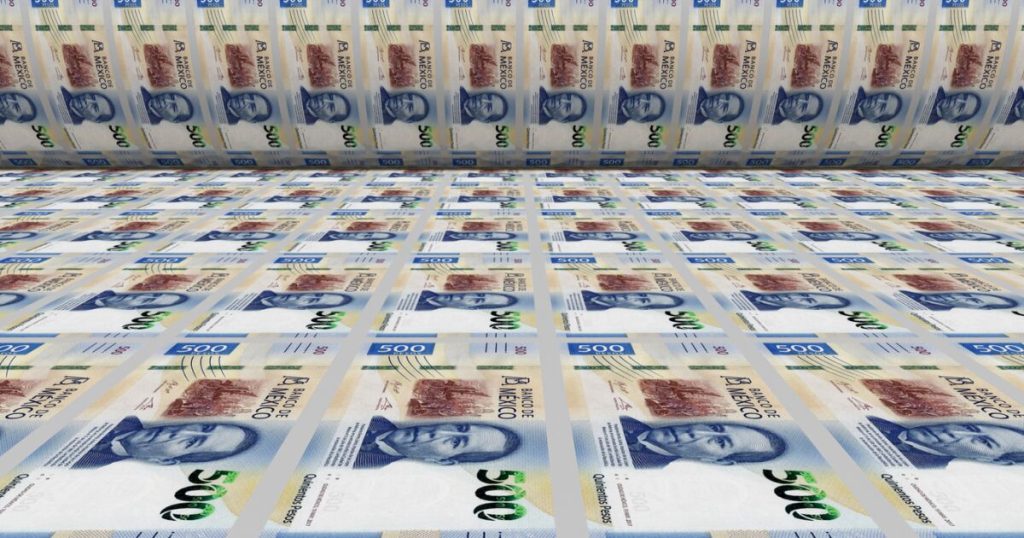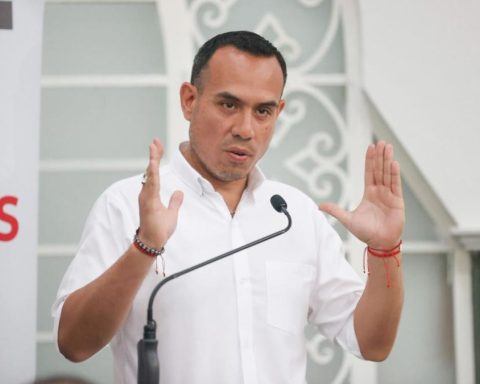Without defining this critical node, rates, payment methods, or a real schedule cannot be specified.
Imagine organizing a soccer game. Invest in the field, have the players, the uniforms and even the bars. Imagine having everything ready, but not having the ball.
That is what he is living Quito Metro that had to operate for three years and whose physical work is at 99.3%. The ball, in this case, is the management model that has not been established and that avoid that the 18 trains from the mega-construction of the capital, get out of your garages and move – from north to south, in 34 minutes – the citizens.
Without a management model, there is no schedule
Since 2012 the management model of the Metro, at that time three options were raised: direct administration, strategic alliance and provision of services. But none were established. A) Yes, the Metro suffered his first extensionIn 2019 – when it should have been ready – it was announced that it would be in 2020. Then it would be in 2021, and now it was said that in 2022. Although former managers, like Andrea Flores, warned that the date could be 2023.
And it is that “without establishing the way in which the Metro is going to be managed, it is impossible to establish a timetable. The Metro manager (Efraín Bastidas) has done well in not wanting to give a date ”, says urban planner Pablo Grijalva.
Because they are important this model? as it is the one that defines whether an international company will manage the Metro in the first years, while the transfer of knowledge is carried out, or whether the management operation can be executed directly by the metropolitan company of the Subway, while the maintenance of trains, telecommunications, energy, infrastructure and other more complex issues can be outsourced.
Without this, simply, “the Metro will only move for tests, but it cannot be at the service of users. For this reason, its operation will depend on the model that is chosen ”, adds Grijalva.
In an interview with La HORA, on October 25, 2021, Mayor Santiago Guarderas reiterated “that the decision was made, already in the past of direct operation, with an external assistant” but that the responsibilities of each of the contracting parts. That is why – said the Mayor – the company (Quito Metro) with the multilaterals would have an international technical structuring company “who will help us define the roadmap.”
Currently, the Metro de Quito company has not made any type of model official as well as an operation date, although Guarderas assured that it will be at the end of 2022.
Other critical knots
The competition for the restructuring of routes and frequencies of urban buses has not materialized. Unraveling this critical knot is important as it is what allows urban buses to work alongside the Metro and not to ‘collide’ the routes.
Added to this is that the amount or model for the fare has not been defined. In 2020 an ordinance was approved so that the passage of the Metro is 0.45 cents and 0.60 cents, the latter if it is unified with other systems.
Later, former mayor Jorge Yunda announced that there would be a zero fee. The current Mayor’s Office has not detailed what will be the amount of the passage, when the work of $ 2,009 million is functional for citizenship. (AVV)
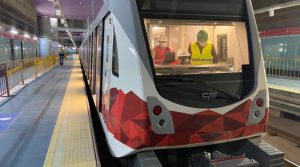
Quito Metro timeline
2010: Augusto Barrera’s administration begins feasibility studies.
2013: Construction of phase I is completed.
2014: The administration of Mauricio Rodas opens proposals to four interested construction companies.
2015: In September, the audit of the project was awarded to the Metro Alianza consortium.
2015: In October, phase II was awarded to the Odebrecht – Acciona consortium.
2015: In November, the construction execution agreement was signed between the Municipality and the Odebrecht-Acciona Consortium to carry out phase II. A period of 6 months is activated for the delivery of advances and start of the work.
2016: It is established that on April 23 of that year the work will be delivered and that the delivery with successful tests will be the October 23, 2019.
2018: On September 6, the first train arrived from Spain.
2019: In July, the delivery period from October 2019 is extended to mid-2020.
2019: In September the city awaits confirmation of final delivery dates, operator selection, definition of rates, implementation of payment card, reorganization of rates.
2020: Train tests begin, the Metro is expected to be inaugurated in October of the same year.
2020: In August the first tests of trains with electric power are carried out.
2020: In September it was announced that the Metro would operate in March 2021.
2020: An ordinance is approved so that the passage of the Metro is 0.45 cents and 0.60 cents, if it is unified with other systems.
2021: Former Mayor Jorge Yunda offers a zero fee.
2021: Mayor Santiago Guarderas informs that the Metro will be operational by the end of 2022.
